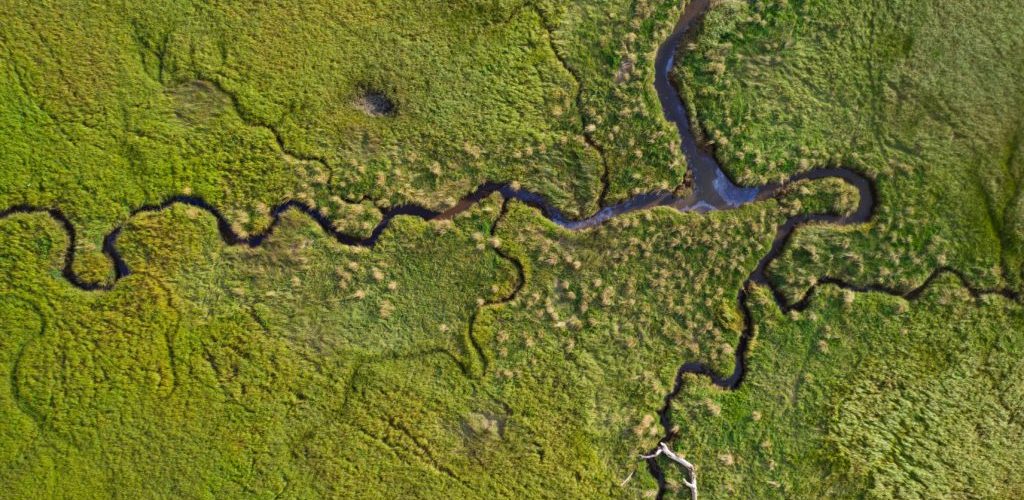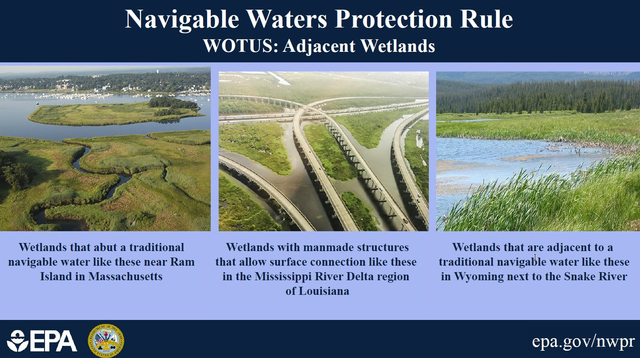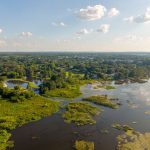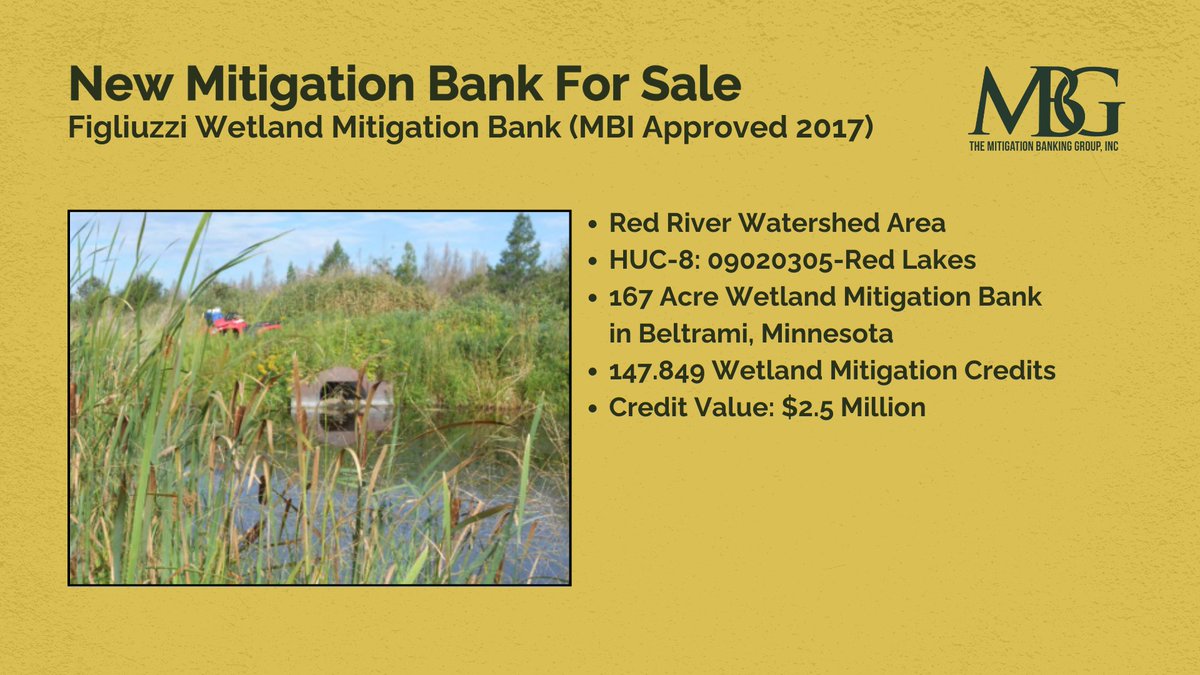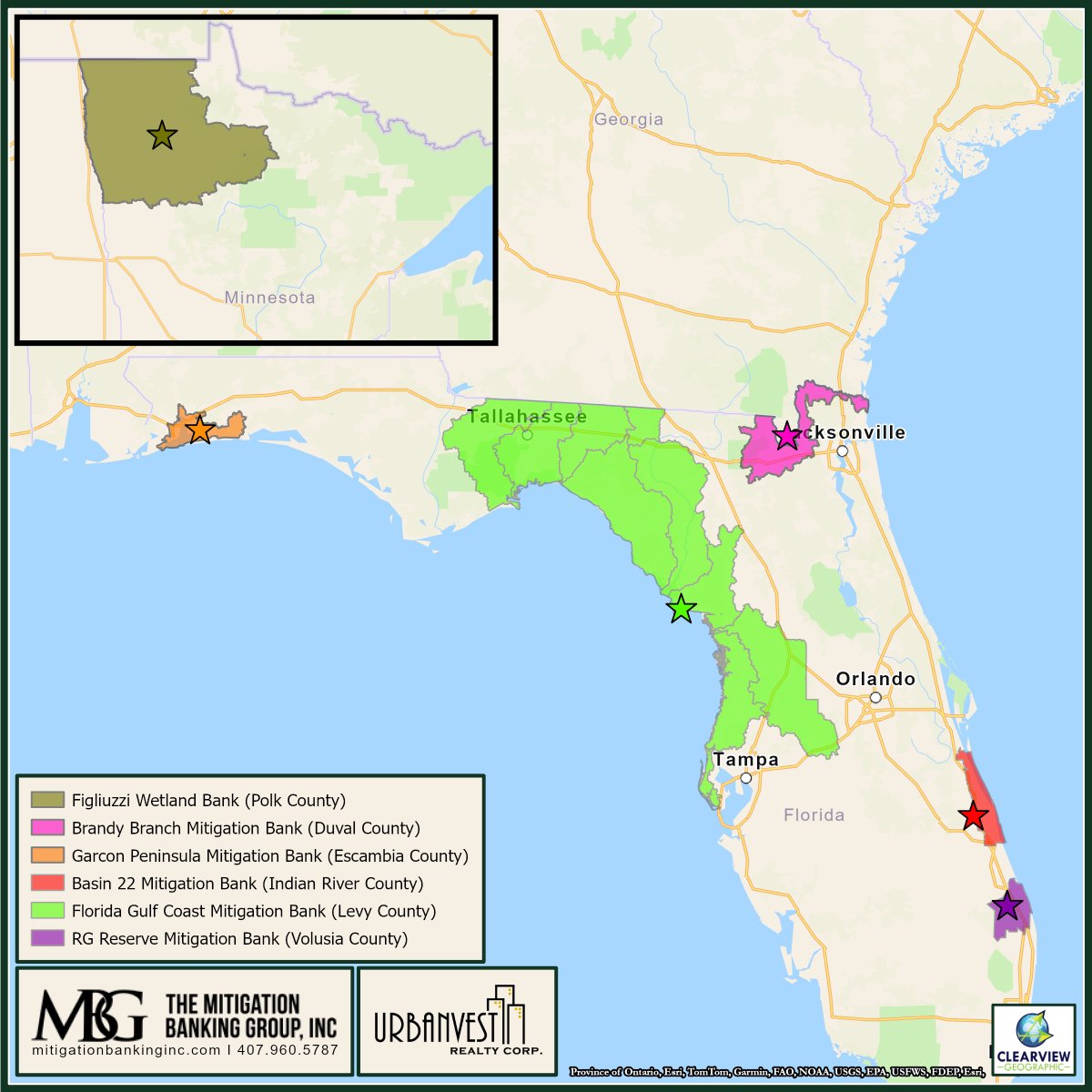On June 22, 2020, President Donald Trump signed The Navigable Waters Protection Rule to define the “Waters of the United States” (WOTUS).
The new rule repeals the 2015 Clean Water Rule which will limit the extent of federal regulation. However, it will provide a consistent and clear definition of the “Waters of the United States” (WOTUS). Throughout the U.S., Court challenges are already underway, and states have conflicting rulings. This new rule reverts regulations to the 1986 version of WOTUS.
Under the Clean Water Act (CWA), “protection” does not mean “prevention” of development, it means “permitting”, because landowners planning for projects that impact “navigable waters” must first get approval from The Army Corps of Engineers (ACOE) and/or a state agency. Landowners have to reduce impacts and then mitigate for wetland loss by restoring wetlands of equal or greater hydrologic value by purchasing mitigation credits, doing on-site or off-site mitigation.
This new rule is a reversal of the Obama Administration’s 2015 WOTUS Rule, which was based on the 2006 Rapanos v. U.S ruling. Rapanos was a Michigan real estate investor and in 1988 wanted to build a shopping mall. Instead of applying for approval, Rapanos filled the wetland. This caused an 18-year court battle that concluded in 2006. An infamous U.S. Supreme Court ruling produced different conceptions of WOTUS; which yielded two incompatible opinions on what constitutes the “Waters of the United States”, or waters that the federal government is obligated to protect under the CWA.
Justice Scalia offered an approach reducing regulation of isolated wetlands, whereas Justice Kennedy’s opinion took a different approach where more waters would be subject to regulation. In 2015, the Obama Administration disseminated a WOTUS definition that took the Kennedy approach (increasing regulation of isolated wetlands and other bodies of water). Judicial challenges resulted in a lot of different outcomes around the country. One of Trump’s first order of business in 2017 was to have his administration rescind the 2015 rule and replace it with one that tracks Scalia’s approach (less regulation).
The new definition eliminates the 2015 Rule, and provides clarity for landowners to understand which wetlands the U.S. Army Corps of Engineers (ACOE) will claim jurisdiction over. Since the Rapanos case in 2006, there has been a lot of ambiguity over which wetlands were claimed as ACOE jurisdictional, and projects were on a “case-by-case” evaluation.
The new rule, which is basically the old rule prior to the Obama Administration, excludes the ACOE from providing jurisdiction for:
- Isolated wetlands that are not navigable waterways
- Ephemeral features that contain water only in direct response to rainfall or snowmeltGroundwater
- Most farm and roadside ditches
- Prior converted cropland
- Artificially irrigated areas
- Farm and stock watering ponds
- Stormwater control features
- Waste treatment systems
- Isolated wetlands
- Ephemeral features which include streams and ditches
The new rule provides clarity on the waters that the ACOE will continue to be federally regulated, such as:
- Lakes and ponds from which water typically drains to downstream tributaries and other features
- The territorial seas and traditional navigable waters
- Perennial and intermittent tributaries to those waters
- Certain lakes, ponds, and impoundments
- Wetlands adjacent to jurisdictional waters


According to Bill Griffy, President of Ecological Consulting Solutions, Inc. “The new rule eliminates the 2015 Rule’s “significant nexus” test which was used by the Army Corps and basically allowed the Corps to claim isolated wetlands under this term. The removal of significant nexus will eliminate all isolated wetlands from ACOE jurisdiction, regardless of how many a site has.”
It will be easier for landowners to know what wetlands will be jurisdictional with the ACOE, instead of remaining in an ambiguous state and waiting for months to find out if the ACOE will claim jurisdiction on isolated wetlands or not. Previously, landowners had to submit a jurisdictional request to the ACOE stating why they thought their wetlands should not be considered ACOE jurisdictional and then wait to see if the ACOE agreed or disagreed. With significant nexus removed, landowners will no longer have to do this. Randy Austin, President of Austin Environmental, Inc. says “This could be a game-changer.”
The new rule will significantly limit the extent of federal regulation under the Clean Water Act which of course has been challenged with no prevail by many environmental & conservation groups. This regulation roll back will result in less wetland restrictions and permitting by the ACOE. Danny Gough, Project Manager at Bio-Tech Consulting, Inc. says “If a wetland or surface water is truly isolated and has no hydrologic connection, then the system will not be claimed by the Corps.”
Congress, in the Clean Water Act, explicitly directed the Agencies to protect “navigable waters.” The Navigable Waters Protection Rule clearly delineates where federal regulations apply and gives state and local authorities more flexibility to determine how best to manage waters within their borders.
Fortunately, for states like Florida, The Florida Department of Environmental Protection (FDEP) and the 5 Water Management Districts (WMD) will continue to claim jurisdiction over isolated wetlands and the landowner is still responsible to mitigate for these unavoidable wetland impacts.
With the Navigable Waters Protection Rule there is a clear distinction between federal waters and waters subject to the sole control of the states, their governmental subdivisions, and tribes.
John Lesman, Director of Bio-Tech Consulting, Inc. says “How this is going to work-out, we can only wait and see. It has been typical with these rule changes that occur every few years… that jurisdictional determination (JD) usually stays the same or the Corps expands (i.e., increases) the extent of Jurisdictional Determination. So, this should be kept in mind.” We will wait and see how The Navigable Waters Protection Rule is implementedand see how this new rule attempts to end 40 years of ambiguity.
